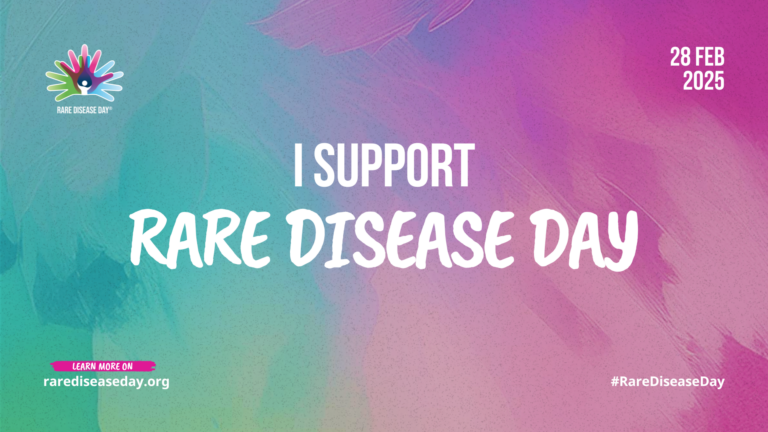IdiopathicThe term idiopathic is used when there is no detectable reason for something. Click the term to read more intracranial hypertension (IIH) is a serious and disabling condition that requires close management by an experienced physician. In conjunction with medical adherence, there are ways to help relieve certain symptoms associated with IIH using remedies backed by scientifically proven data.
Headaches
Headache is the most common symptom encountered in women with IIH, and is reported in almost 98% of sufferers1. In fact, most women with IIH concurrently have a diagnosis of chronic migraine2. Symptom relief for any type of headache includes:
Staying hydrated. Water is essential to the body, especially the brain. Dehydration is the number one cause of a headache, yet is reversible by ingesting an adequate amount of water each day3. Each individual’s daily requirement for water varies day-to-day depending on activity level, environmental conditions, differences in metabolism, and current health status. The recommended daily intake of water a day for women is 2.7 liters (about half of a gallon of water) and for men, 3.7 liters4. Drinking a sufficient amount of water each day is a straightforward, accessible, affordable, and proven way to improve headache symptoms5.
Get plenty of sleep. Difficulty falling asleep, remaining asleep throughout the night, and tiredness throughout the day area contribute to headache symptoms6. During sleep cycles, your body and brain are able rest and restore itself in preparation for the times you are awake. Attention, memory, mood, reaction, and thought are important brain functions that are affected by the amount of sleep you get a day.7 By getting 7 hours of sleep a day one can improve the number headache-free days6.
Limit or eliminate alcohol use. Alcohol contains properties that can increase urine output (a source of dehydration) and cause dilation of the blood vessels (causing a decrease in blood pressure), both of which are documented causes of a headache8. Research reports as many as 50% of people who suffer from migraines attribute any form of alcohol a reason for their headache8. Avoidance of alcohol alone can prevent headache symptoms in a majority of people.
Avoid exposure to conditions that trigger a headache. Loud noise, strong smells (cigarette smoke, cleaning supplies, and perfumes)9 and bright lights are reported causes of headache. Foods high in biogenic amines such as cheese, red wine, fermented vegetables, fish, and cured meats can also trigger a headache8. Take time to sit in a dark, quiet place, use a cold compress over affected areas, and get some rest. As you get a sense of your own triggers, making an effort to avoid them will help achieve headache-free days.
Over-the-counter medication. Pain reducers that are available without a prescription are: acetaminophen, ibuprofen, and aspirin. There are also combination drugs such as Excedrin that contain aspirin, acetaminophen, and caffeine all in one tablet. Every drug bears its own risks and benefits and may even be contraindicated in certain populations. For example, acetaminophen (Tylenol) can cause liver damage or can worsen liver issues if taken for too long or not according to the dosing guide. Non-steroidal anti-inflammatory drugs (NSAIDs) are an effective pain reducers that are associated with conditions such as: peptic ulcers, kidney failure, and high blood pressure. Meaning, if you have any of these medical issues, it is best to avoid taking NSAIDs. Aspirin (ASA) is commonly used to treat fever, pain, and inflammation but carries a bleeding risk. When trying to decide which medication is best to treat your headache, know its side effects and how it can affect any other health conditions you may have10.
Caffeine. This stimulant can be found in coffee, tea, chocolate, energy drinks, and supplements. Interestingly, it can help enhance the analgesic effects of the over-the-counter medications listed above11. One study found that 130 mg of caffeine (equivalent to about 1 latte) improved headache symptoms11. Caution is advised in its use as too much caffeine a day and abruptly discontinuing caffeine in one with a high tolerance can induce a headache.



